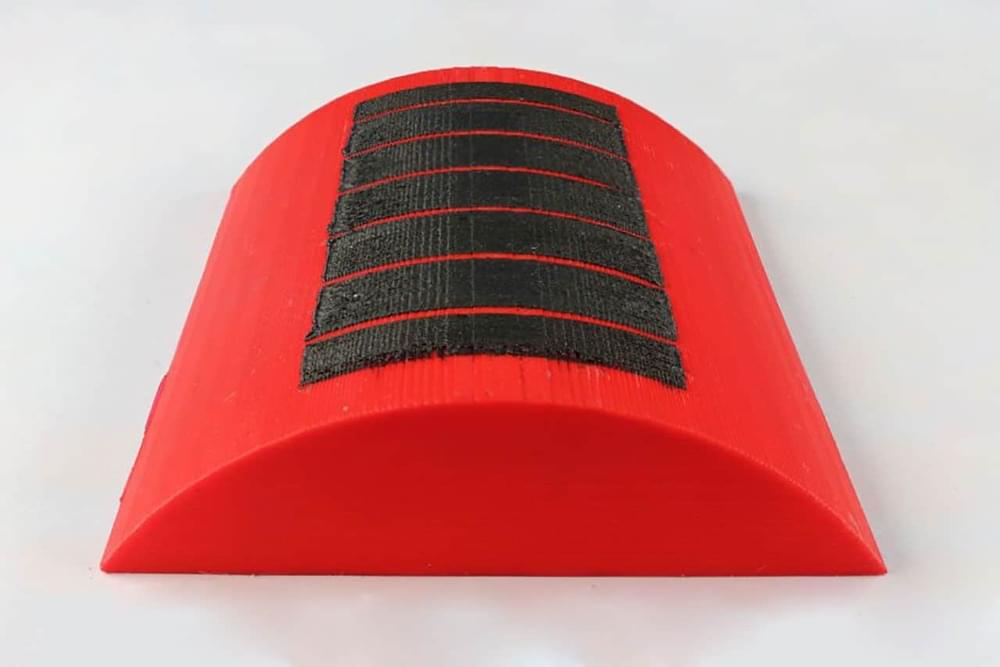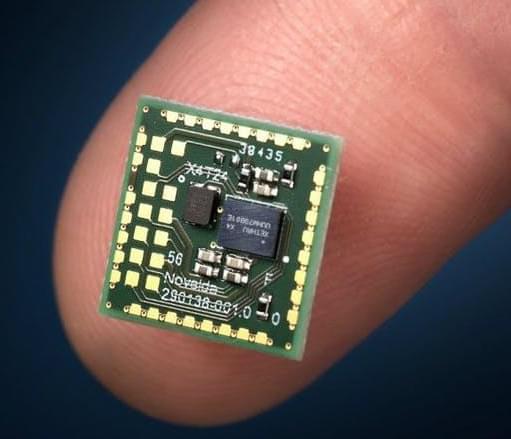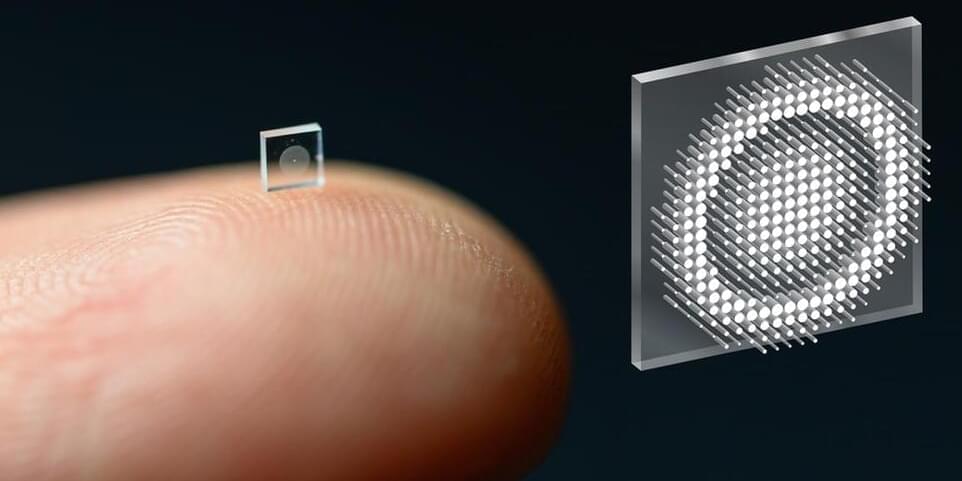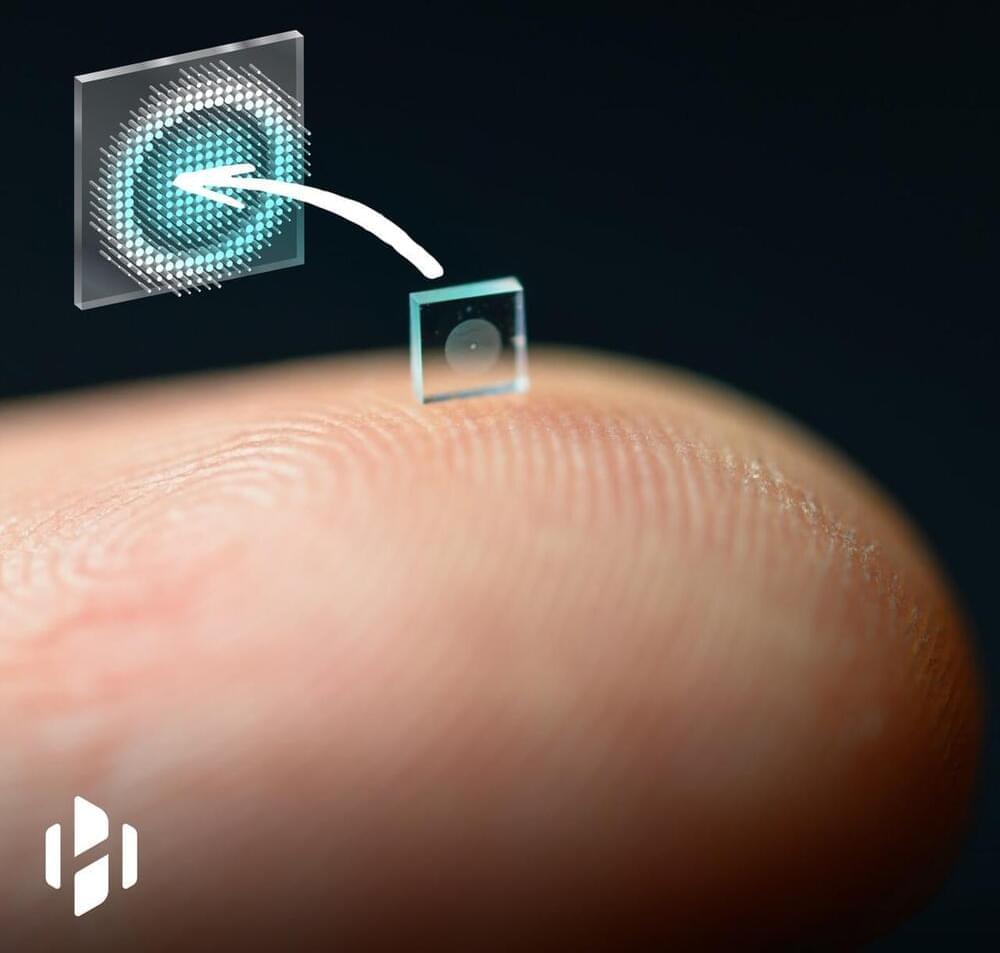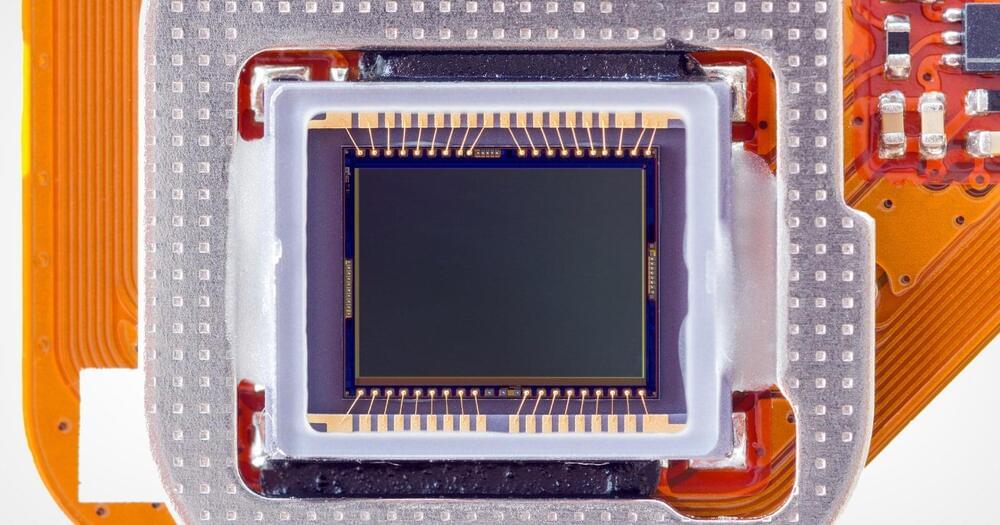=O-O=.
Moscow — President Vladimir Putin used some of his most direct language to date on Tuesday in his escalating standoff with the U.S. and its European allies. The Russian leader warned that if the U.S. and NATO do not halt what Moscow considers aggressive actions along the country’s border with Ukraine 0, Russia would respond in a “retaliatory military” manner.
“If the obviously aggressive line of our Western colleagues continues, we will take adequate, retaliatory military-technical measures [and] react toughly to unfriendly steps,” Putin told senior military officials during a meeting in remarks carried by Russian state TV. “I want to emphasize that we have every right to do so.”


